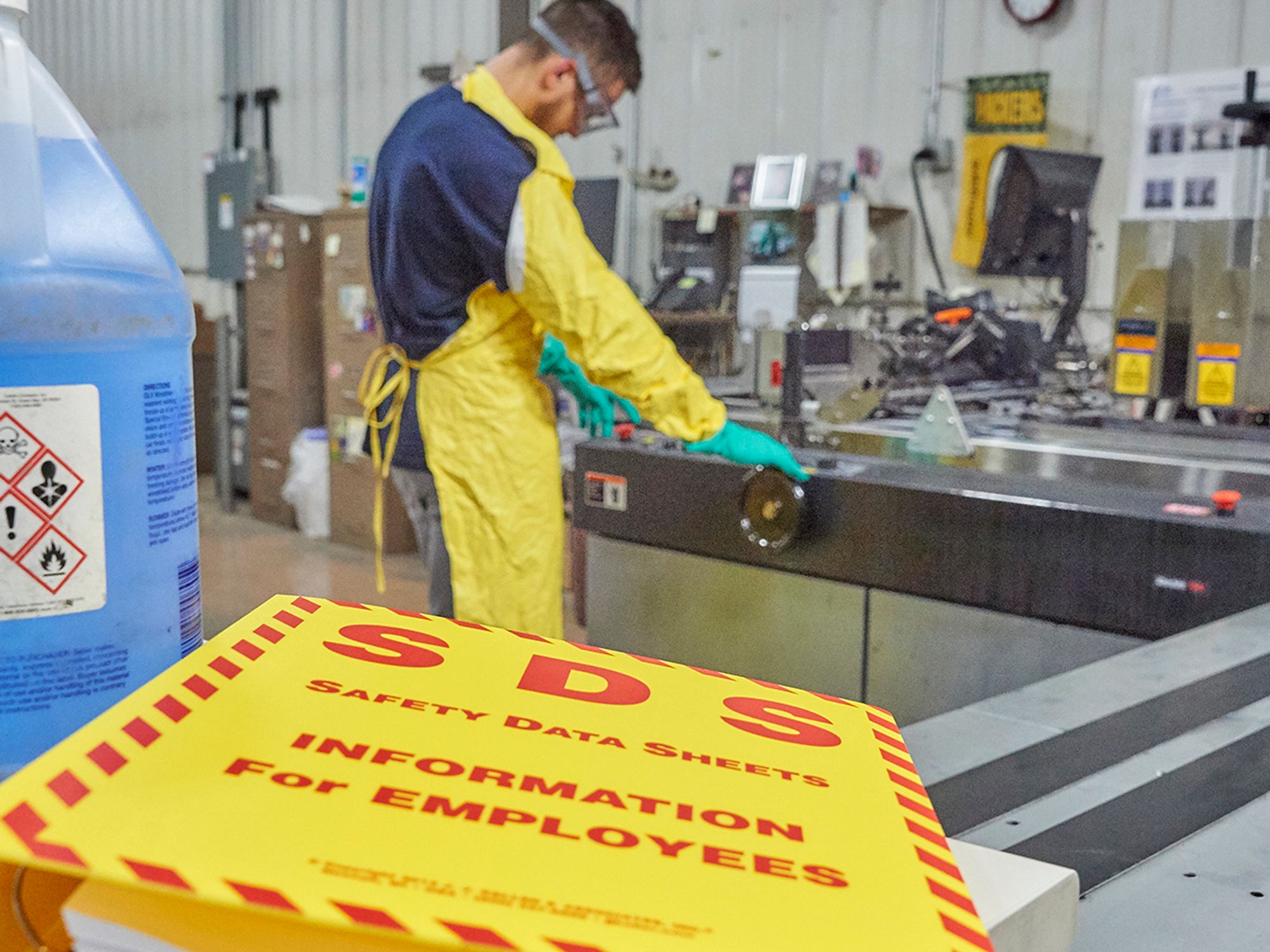Hazard communication

The Occupational Safety and Health Administration’s (OSHA’s) hazard communication, or HazCom, standard (HCS) applies to general industry, construction, shipyard, marine terminals, and longshoring employment. Any employer with one employee and one hazardous chemical is covered. As defined at 1910.1200(c), “hazardous chemical” means any chemical which is classified as a physical hazard or a health hazard, a simple asphyxiant, combustible dust, or hazard not otherwise classified.
The HCS covers “any chemical which is known to be present in the workplace in such a manner that employees may be exposed under normal conditions of use or in a foreseeable emergency.” Most chemicals used in the workplace have some hazard potential, and thus will be covered by the rule.
The hazardous nature of the chemical and the potential for exposure are the factors that determine whether a chemical is covered. If the chemical is not hazardous per OSHA’s definition at 1910.1200(c), it is not covered by the standard. If there is no potential exposure, the chemical is not covered by the standard. Under the HCS, “exposure or exposed” means that an employee is subjected in the course of employment to a hazardous chemical, and includes potential (e.g., accidental or possible) exposure. “Subjected” in terms of health hazards includes any route of entry (e.g., inhalation, ingestion, skin contact, or absorption).
